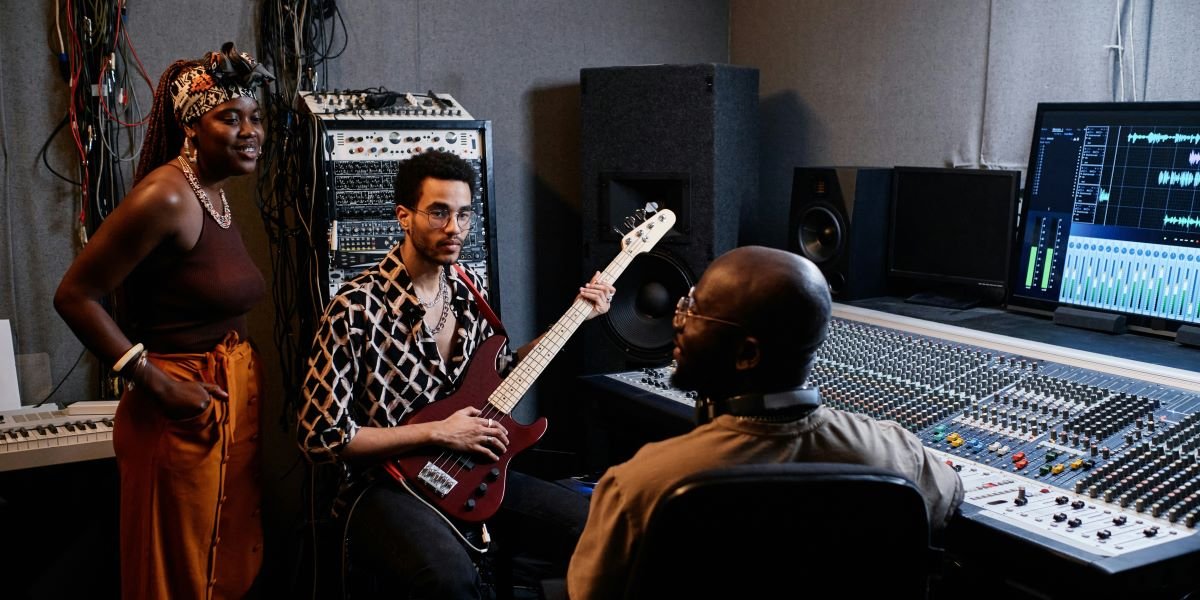Videography has undergone a dramatic transformation over the decades, evolving from the early days of analog to the sophisticated digital technology we use today. This evolution has not only changed how we capture and edit videos but also how we share and consume visual content. In this article, we will explore the history of videography, the transition from analog to digital, and how technological advancements have transformed the field.
The history of videography dates back to the late 19th and early 20th centuries, when motion pictures were invented. The first motion picture cameras used film reels to capture moving images. These analog systems recorded images on photographic film, which had to be developed in a darkroom before being projected.
One of the earliest significant developments in videography was Thomas Edison’s introduction of the Kinetoscope in 1891. This device allowed individuals to view motion pictures through a peephole viewer. However, it wasn’t until the Lumière brothers invented the Cinématographe in 1895 that motion pictures could be projected to an audience, laying the foundation for the film industry.
Throughout the 20th century, videography advanced by introducing more sophisticated film cameras and editing techniques. The development of color film, sound synchronization, and improved film stock significantly enhanced the quality and appeal of motion pictures. Despite these advancements, the process remained labor-intensive and costly, limiting video production to professional studios and filmmakers.
What Was the Transition from Analog to Digital?
The transition from analog to digital videography marked a significant turning point in the field. This shift began in the late 20th century and revolutionized how videos were captured, edited, and distributed.
Analog video recording involves capturing images on magnetic tape using camcorders. While this technology was a step forward from film, it still had limitations, including lower image quality and the degradation of tapes over time. Editing analog footage was also a cumbersome process, requiring physical cutting and splicing of tapes.
The introduction of digital video technology in the 1980s and 1990s changed everything. Digital cameras use electronic sensors to capture images as digital data, which can be stored on memory cards or hard drives. This method offers numerous advantages over analog, including higher image quality, easier editing, and better storage options.
Digital editing software like Adobe Premiere and Final Cut Pro allowed filmmakers to edit footage on computers, significantly speeding up the editing process and providing more creative control. The ability to manipulate digital footage with precision led to the rise of special effects and computer-generated imagery (CGI) in filmmaking.
The transition to digital also democratized videography. With the advent of affordable digital cameras and editing software, more people could create high-quality videos. This democratization paved the way for new forms of content creation, such as independent films, home videos, and online video platforms.
How Have Technological Advancements Transformed Videography?
Technological advancements continue to shape the field of videography, pushing the boundaries of what is possible and transforming how we create and consume video content.
One of the most significant advancements is the development of high-definition (HD) and 4K resolution cameras. These cameras capture incredibly detailed images, providing a level of clarity and realism that was previously unattainable. The rise of 4K and even 8K resolution is setting new standards for video quality, both in professional filmmaking and consumer-grade cameras.
Another key development is the use of drones in videography. Drones equipped with high-resolution cameras allow for stunning aerial shots that were once only possible with expensive helicopter rigs. This technology has opened up new creative possibilities for filmmakers, photographers, and hobbyists alike.
Advancements in video stabilization technology have also made it easier to capture smooth, professional-looking footage. Gimbals and in-camera stabilization systems reduce camera shake, enabling filmmakers to shoot steady videos even in challenging conditions.
Artificial intelligence (AI) and machine learning are further transforming videography. AI-powered editing tools can automate many aspects of the editing process, such as color correction, scene detection, and even generating rough cuts. These tools save time and allow creators to focus more on the creative aspects of video production.
The proliferation of smartphones with high-quality cameras has also had a profound impact on videography. Today, anyone with a smartphone can capture, edit, and share videos instantly. This accessibility has led to the explosion of user-generated content on platforms like YouTube, Instagram, and TikTok, where millions of videos are uploaded daily.
The evolution of videography from analog to digital has revolutionized the field, making it more accessible, efficient, and creative. The transition to digital technology has democratized video production, allowing more people to create and share content. Ongoing technological advancements continue to push the boundaries of what is possible in videography, shaping the future of visual storytelling. Whether you’re a professional filmmaker or an amateur enthusiast, these innovations offer exciting opportunities to explore and express your creativity.








